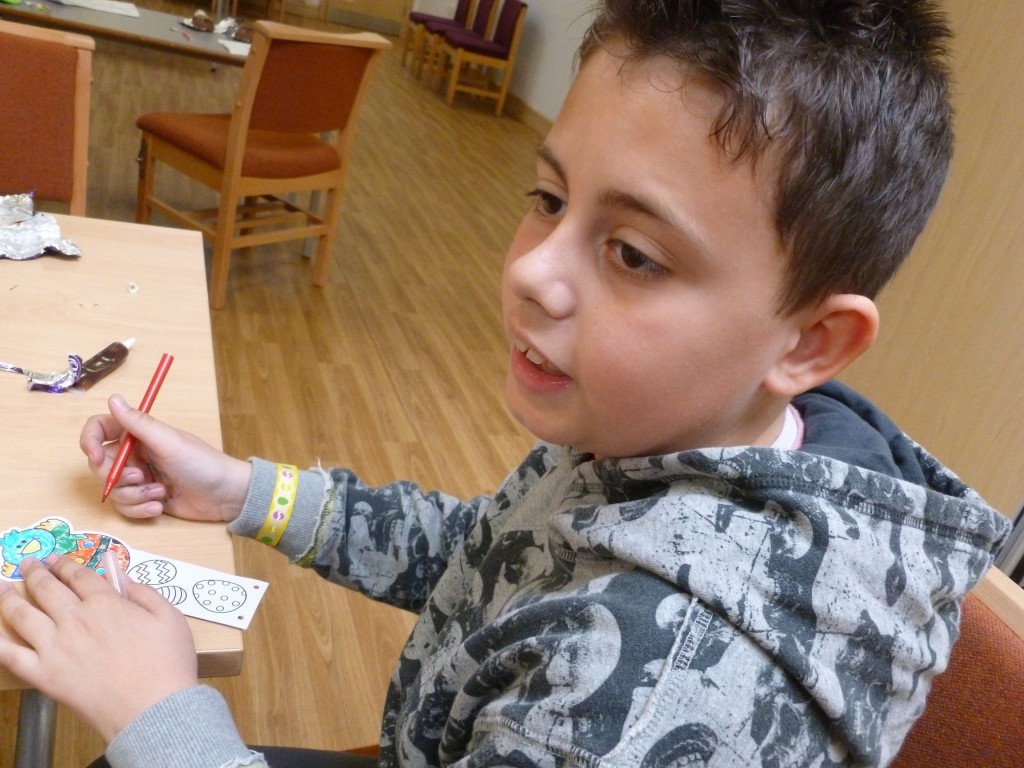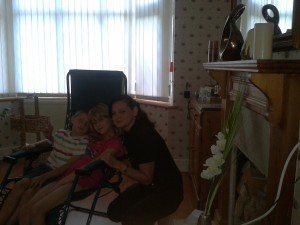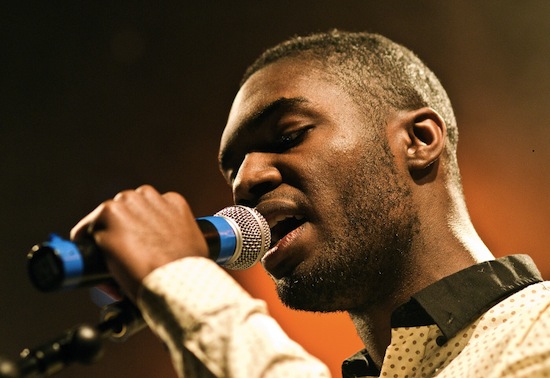Imagine an actor delivering a monologue in the complete opposite of a quiet carriage. Imagine audience members coming and going as they please throughout the show, standing up, sitting down, and making as much noise as they want. Forget bums on seats, this is bums being allowed to wiggle on seats, shuffle, fidget and move. And neither cast nor crew can protest.
It sounds like every actor’s worst nightmare – and every learning disabled theatre-goer’s absolute dream.
The scenario is pretty much what the cast and crew at the National Theatre are expecting on Saturday as the venues holds its first “relaxed performance” of Mark Haddon’s The Curious Incident of the Dog in the Night-Time.
It is the perfect antidote to the treatment meted out to some families – I speak from (unpleasant) experience with my sister and recall the fate that befell 12-year-old Gregor Morris last year and many more besides.
The atmosphere in the auditorium will be relaxed to provide “a more supportive environment”, as the NT says of the laissez-faire attitude to audience behavior. The theatre has provided “visual stories” to anyone coming to the performance – essentially support material to help people know what to expect from the visit.
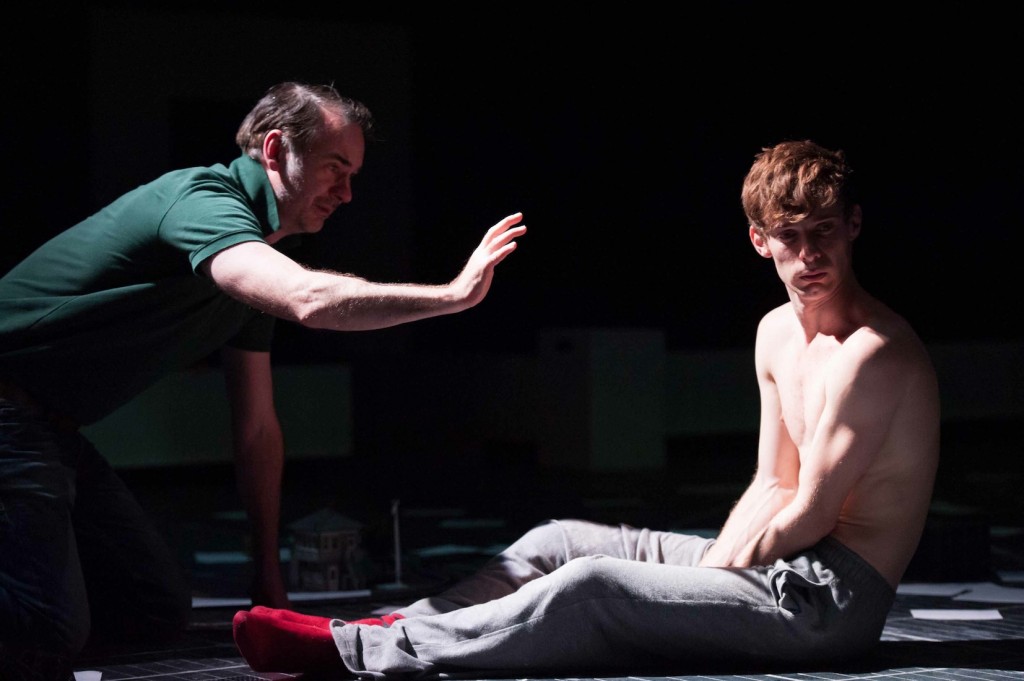
Crucially, there is to be no change in the content (why should an audience member be patronised or cheated on the drama simply because he or she has a learning disability?) and the play, adapted by Simon Stephens, has not been specifically adapted for the special performance. As the NT puts it, despite the relaxed atmosphere, “this play is most suitable for those who will enjoy a narrative-driven performance”.
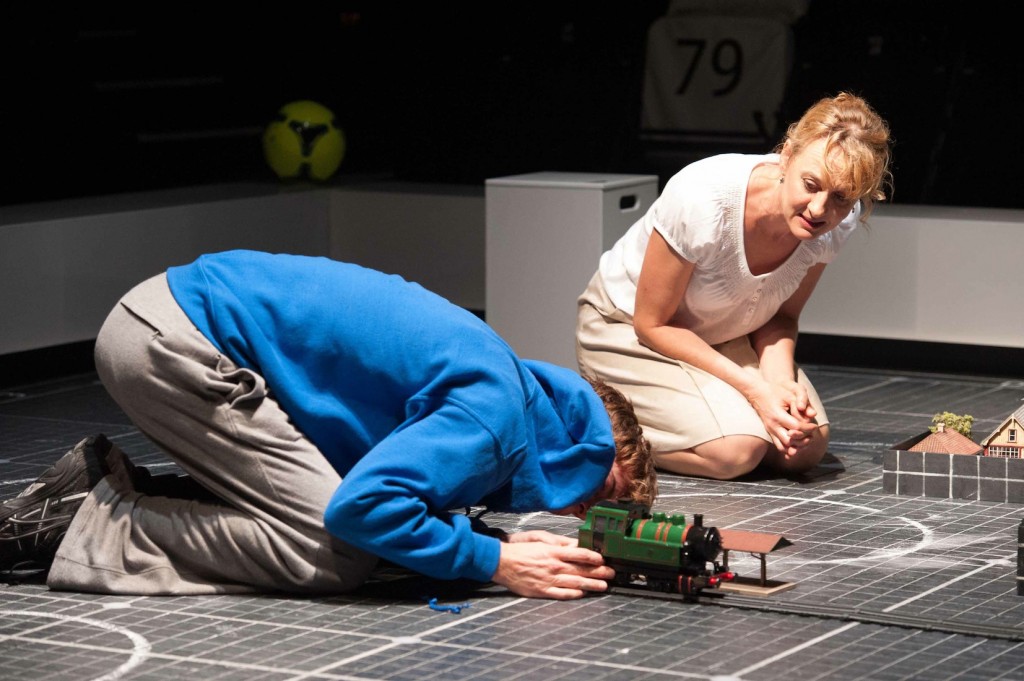
The theatre already runs audio-described and captioned performances and free touch tours for the visually impaired, but the new venture is the first of its kind for the venue.
Ros Hayes, the NT’s head of access, explains why it’s been launched: “We’ve watched the pioneering work on relaxed performances done by theatres like the Unicorn and West Yorkshire Playhouse with great interest and admiration and are now taking the opportunity to run a pilot relaxed performance. It’s something we’ve been wanting to introduce for some time and Curious spurred us into action.”
Given that a persistent cough or a rustling sweet wrapper is, in most theatres, an eyebrow-raising offence and not a ringing mobile phone could have you ejected faster than you can say “out damned spot”, how is the cast preparing for the distraction that a relaxed performance will inevitably result in? Hayes adds: “We’ve been working with a consultant with experience in this field and she will fully brief the company about what they might expect and how to handle any interruptions (many of the cast visited schools with pupils on an autistic spectrum in preparation for the play).” Crucially, it’s not just actors who are signed up to the idea: “Our box office and front of house teams have also been fully briefed.”
Hayes explains that the video, sound and lighting teams will adjust the effects for the performance – for example, softening and reducing lighting, sound and other special effects. The cast is rehearsing with these adjusted effects and adjusting some of their moves, so they don’t move too closely among the audience for example.
Interestingly, the NT is keen to encourage more performances for adults along these lines. Comparatively speaking, there is much more provision in the theatre and arts sector for children with special needs or disabilities – the Unicorn and special autism-friendly film screenings, to name but two, and I recently came across a learning disability-friendly panto via East Kent Mencap too.
Hayes says: “Curious Incident, although suitable for 13 years upwards, also very much appeals to an adult audience, so we are really keen to see if we can make this work successfully for an older age group. Put simply, we want as many people as possible to be able to enjoy our shows, whatever their needs.”
Encore. Definitely encore.
* The NT’s next relaxed performance, Hansel and Gretel, will be on Saturday 19 January 2013


![photo[2]](http://thesocialissue.com/wp-content/uploads/2012/10/photo2.jpg)
